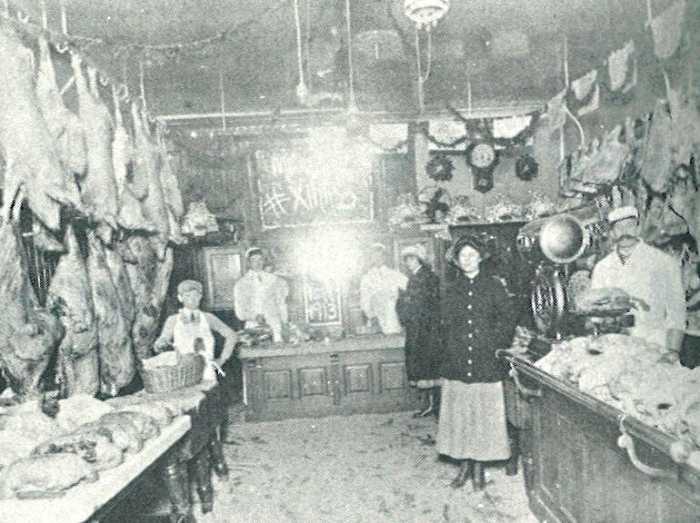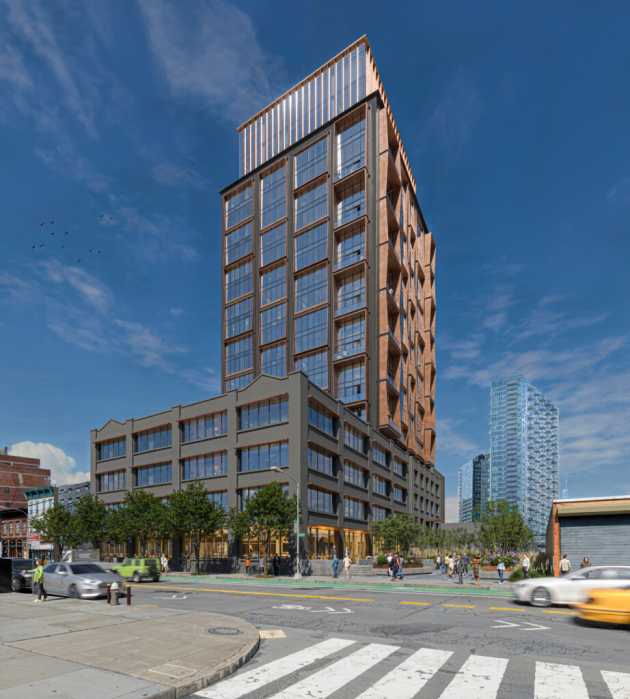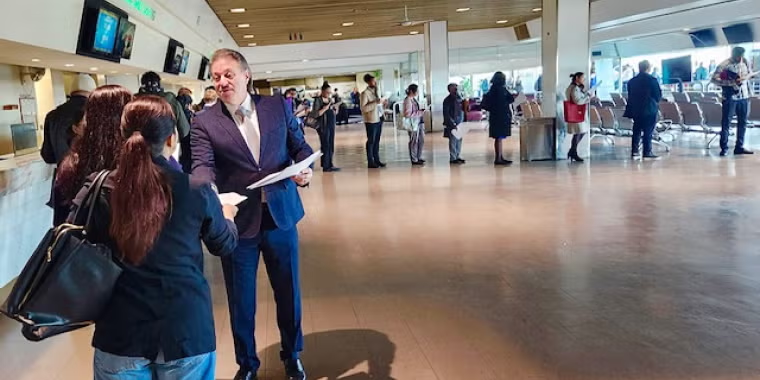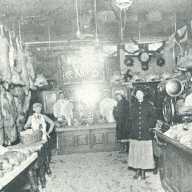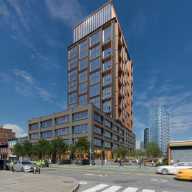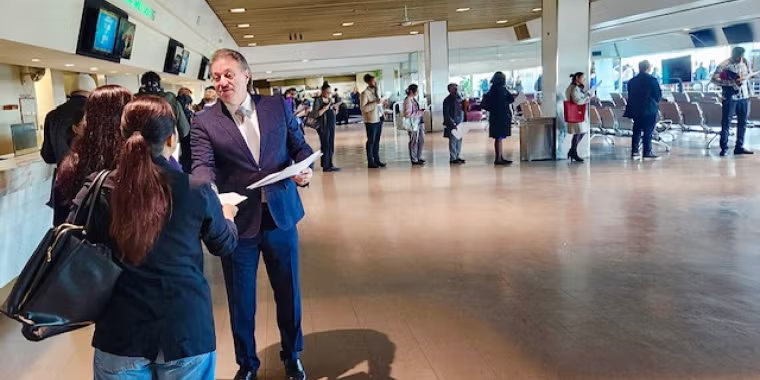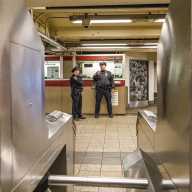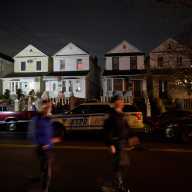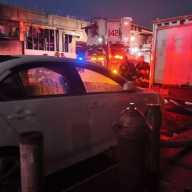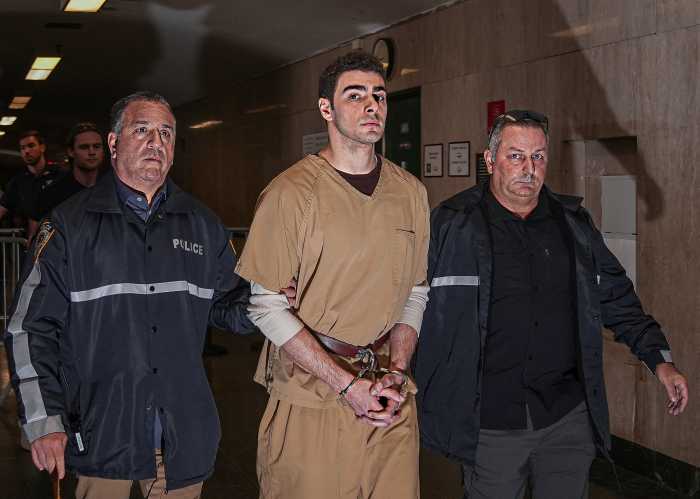By James DeWeese
Police Officer Carl Calderone, a trainer with the Police Department's program development unit, flicked through the images to underscore a point: There is no single face to terrorism.
But there are warning signs and behaviors that neighbors should be on the lookout for, he said while addressing the May meeting of Community Board 3, which covers Jackson Heights, North Corona and East Elmhurst.
During the summer season, Calderone said, security agencies were preparing for the possibility of suicide attacks on rail lines in the city, which has more than 900 miles of track.
Queens is a target with the Long Island Rail Road and subway lines 7, N, R, E, F and W as well as portions of the J and Z.
He also indicated that the borough's residents could expect more random searches on the bridges that link Queens to Manhattan, Brooklyn and the Rockaways. Among the more prominent connections are the Midtown Tunnel and the Queensboro, Throgs Neck and Whitestone bridges.
Terrorists and criminal groups prefer to set up shop in neighborhoods where people frequently move in and out because they can pass unnoticed, he said. “Queens particularly tends to have a lot of transient areas,” said Calderone, who makes the rounds of local community groups to promote terror awareness.
Neighbors should watch for out-of-the-ordinary behavior, such as apartments that are moved into but never furnished, he said. On the road, drivers should be on the look out for cars with one passenger that sag as if they had 20. And on trains, riders should be alert to shaving tan lines that might indicate that someone has removed a beard to better blend in, the presence of a detonator or someone wearing ceremonial oils.
The time to stop them is during the planning phase, Calderone said.
He urged citizens to contact the city's terrorism hotline at 1-888-NYC-SAFE to report suspicious activity.
Carefully placed observation, he said, has caught many terrorists, including Eric Robert Rudolph who was wanted in connection with the Atlanta Olympic bombing, and Lucas Helder, who was turned in by his own parents after spreading a trail of mailbox bombs across the Midwest to protest suburban development.
“If you see something that's peculiar, you should report it,” Calderone said. “You live there, you know what's peculiar.”
“(But) remember that everything I'm saying, there are no absolutes,” Calderone said. “Having an apartment without furniture doesn't in and of itself make you a terrorist.”
Tom Kelly, a spokesman for the Metropolitan Transportation Authority, which oversees most bridges and tunnels, as well as the subway and Long Island Rail Road, said additional security measures mandated by the U.S. Homeland Security Department last week were already in place.
Among the measures: Specialized bomb-sniffing canine units are already available to officers, who are also paying closer attention to certain high-risk areas. Trash containers have been removed in train stations or have been made bomb-proof. On the roadways, police officers have stepped up inspections, he said.
To passengers and commuters, he said: “You just go about your daily life. We're doing everything humanly possible to protect our customers on bridges and tunnels, on the commuter rails and everywhere else.”
Reach reporter James DeWeese by e-mail at news@timesledger.com, or call 718-229-0300, Ext. 157.


